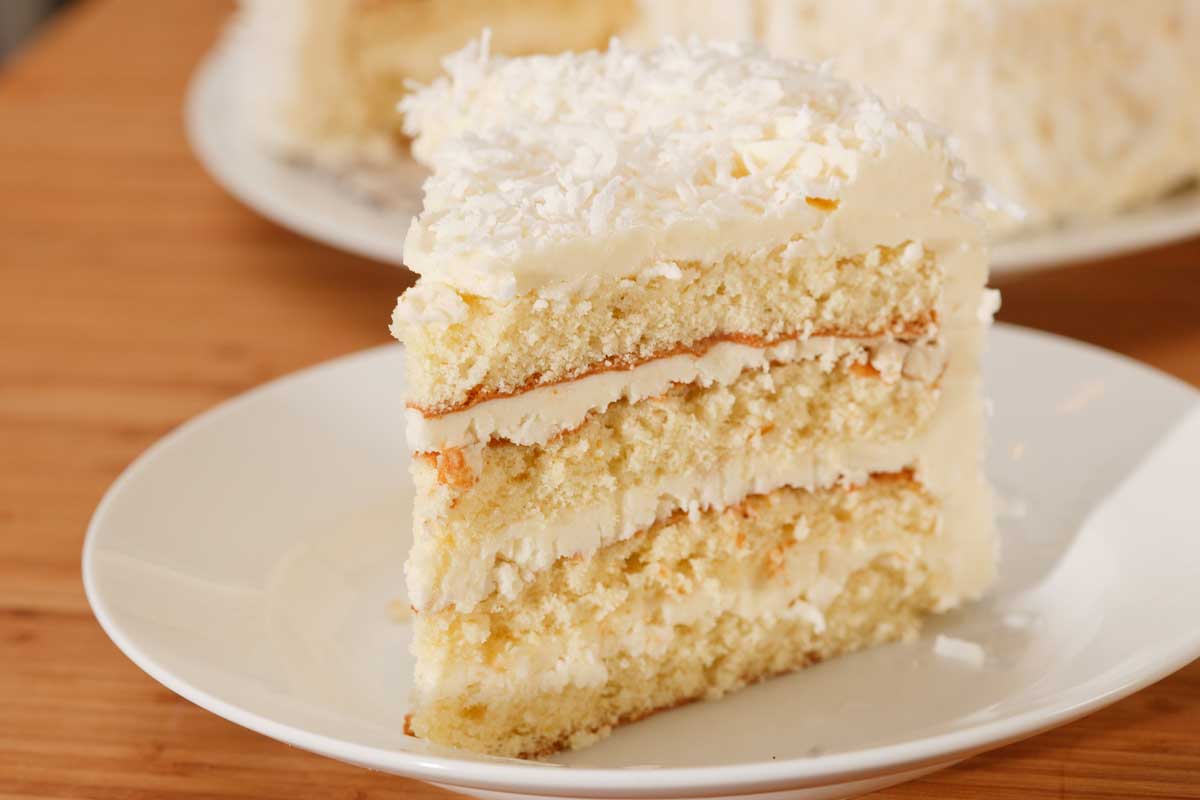Shelled eggs might be mostly sold by the dozen, but they are not a smart choice for most bakers. Not only is it time consuming to break eggs, but there’s always that chance of shell getting into the recipe. Further, shelled eggs are inconsistent in size and even composition, based on time of year and the hen’s diet; therefore, most bakers rely on egg products, which come dry, liquid and frozen. They can be separated into whites and yolks, and even blended with other ingredients for enhanced functionality.
“Eggs have 20-plus functions, from adhesion to aeration and from binding to browning,” said Toby Moore, bakery professional, AIB International.
Eggs influence overall appearance, flavor and color as well as texture, batter quality, moisture/water activity and overall likability in baked foods.
“There are a whole host of different egg products that offer different functionality, and it’s important to communicate with your egg product supplier to be sure you’re using correct egg product to ensure the application is receiving the maximum benefits from the egg’s functionality,” he added. “Egg whites, for example, are available as standard, high whip — sometimes called angel whites — and high-gel, and each contributes a different functionality to various applications.”
Standard egg whites would be appropriate for frittata bites. High whip, on the other hand, would be best for meringue. In complex systems such as nutrition bars, high-gel egg whites not only assist with adhesion and texture, but they also contribute protein.
Egg products are pasteurized to ensure food safety. They’re easy-to-use and provide batch-to-batch consistency.

“Egg functionality is unique and difficult, if not impossible, to fully replicate, especially with a single ingredient,” Mr. Moore said.
Research supported by the American Egg Board and conducted by CuliNex explored typical baked foods made with egg products and compared them to similar products made using egg replacers. Results showed that in many applications, there’s a discernable difference with the real-egg product superior in many features.
“Let’s consider sugar cookies, although many other cookie formulations that rely on eggs for binding, flavor, leavening and texture would have similar results,” Mr. Moore said. “The areas of sugar cookie quality most negatively affected when eggs are removed are aroma, color, flavor and texture. Without eggs creating proper spread and rise, the cookie batter is too thin and spreads too much in the heat of the oven. Also, aroma is reduced as well as flavor intensity, indicating that eggs contribute to the characteristic sweet baked good aroma and flavor of sugar cookies.”
Eggs are an integral ingredient in most cakes. They provide leavening, binding, aeration and contribute to texture, flavor, color and aroma.
“Eggs contribute to the color, rise and uniformly open cell structure, which influences eating quality, mouthfeel and texture,” Mr. Moore said. “They also provide a sweet, eggy baked aroma and flavor. The tender crumb and eating quality of the cake is also due to eggs.
“When eggs are absent, the cake is fragile. The cake breaks readily upon handling and forms a gummy mass in the mouth.”
It’s just not sponge cake without eggs. The same is true of angel food cake, a cake designed on its creative use of egg whites to achieve a highly aerated structure that is tender in the mouth and has a fluffy texture with neutral sweet baked flavor. Without egg whites, that aeration doesn’t happen.
“The batter is four-times denser and much lower in viscosity, indicating that without egg whites there is no batter aeration,” Mr. Moore said. “This results in a squat, firm, chewy, pasty-tasting, gel-like substance rather than the expected angel food texture and mouthfeel.”

Meringues, macaroons and macarons also rely on aeration from egg whites. As their name suggests, the whites also allow for a clear, clean canvas to add flavor and color. And while historically designed to be delicate sweet treats, these classics have been turned into savory snacks by innovative bakers.
“We developed superfood pesto puffs, which are crisp, savory meringues packed with spinach, kale, basil, almonds, parmesan cheese, and garlic,” Mr. Moore said. “They are low in calories, packed with vitamins and minerals and a source of protein.”
Outer Aisle, Santa Barbara, Calif., relies on whole eggs to make gluten-free, low-carb, bread alternatives. In combination with cauliflower, Parmesan cheese and nutritional yeast, the company produces pizza crusts and sandwich thins in a range of flavors. Crepini, New York, makes grain-less wraps and thins based on eggs and cauliflower.
Egg-based ingredients offer a wealth of functionality and flavor in the baked foods that use them. These recognizable ingredients in an industrial format provide bakers with a convenient road to improved product quality.
This article is an excerpt from the June 2019 issue of Baking & Snack. To read the entire feature on dairy and eggs, click here.




